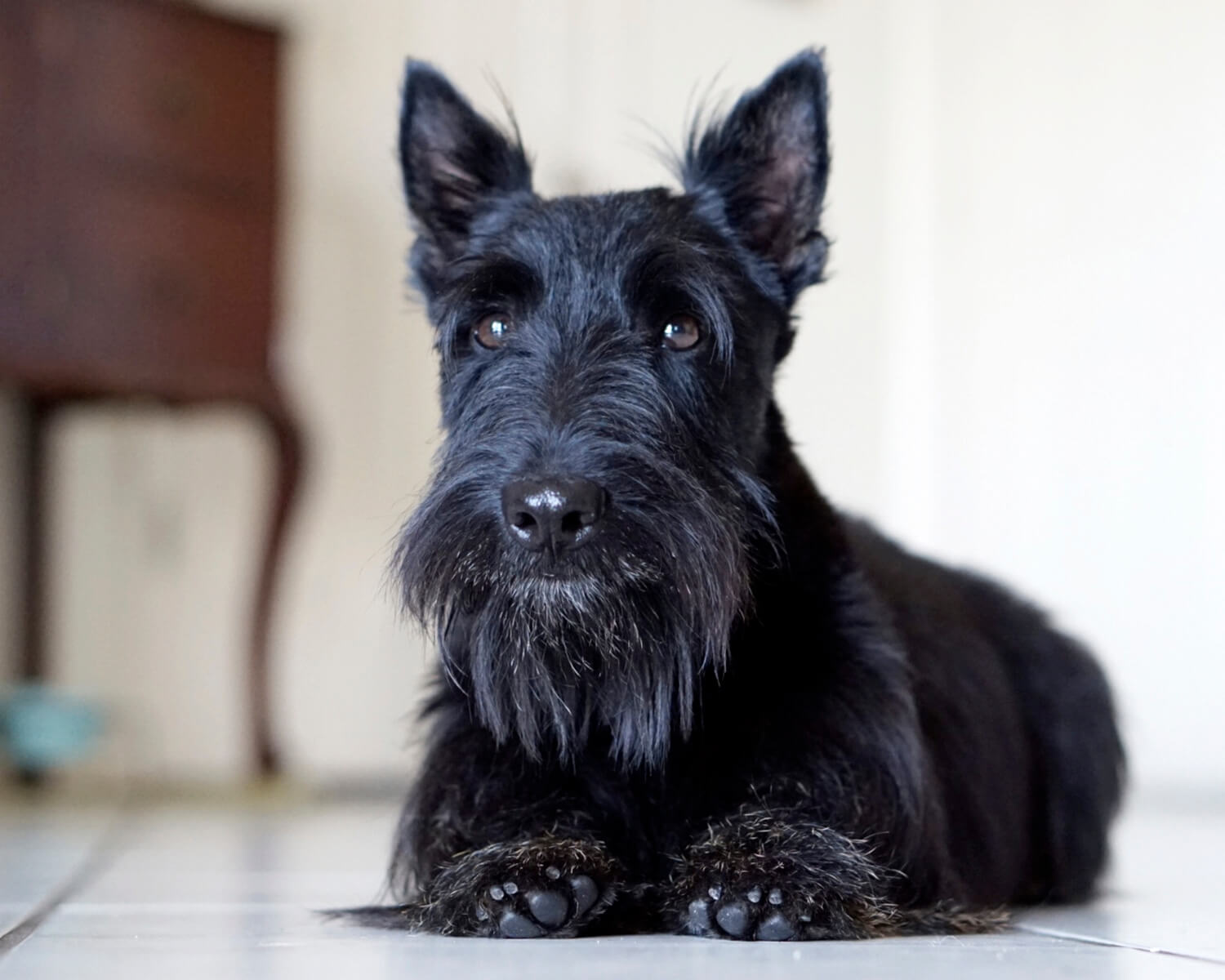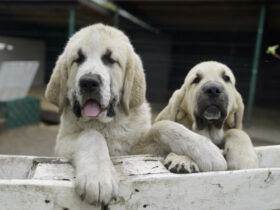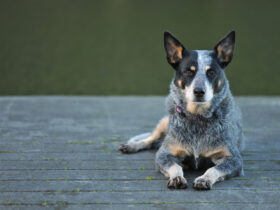The Scottish Terrier, also known as the Scotch Terrier, was bred in Scotland in the 18th century. The breed was originally used for hunting rats, fighting coyotes and other animals, and guarding farms. They were in demand in Great Britain and the United States and were recognized by the American Kennel Club in 1885.

Breed characteristics
The Scottish Terrier has a firm, thick coat and straight legs. They have a compact build and reach a weight of 8 to 10 pounds. The Scottish Terrier has a broad skull and a pointed nose. They have short ears that can be raised or lowered. They have two layers of fur – a soft undercoat and a coarse top coat, which can be black, wheat or gray.
Content Features
The Scottish Terrier is very energetic and loves exercise. They need to be walked every day and exercise with them. However, they can live in an apartment if they are given enough walks and entertainment. Scottish terriers also need regular grooming to keep their coats in good condition.

Training and Education
The Scottish Terrier is very intelligent and learns quickly. However, they can be stubborn and independent, so training and education must be consistent and constant. Scottish Terriers can be aggressive to other dogs, so socialization and social skills training is very important for this breed. Although they are very protective of their family, they can be a little wary of strangers.
How to choose a Scottish Terrier puppy:
- When choosing a puppy, pay attention to its behavior. The puppy should be playful and curious, as well as trusting of people.
- The puppy’s coat should be soft and smooth. Some puppies may have some light vegetation on their muzzle, but it should not be severe.
- Make sure the puppy has regular veterinary checkups and has all the necessary vaccinations.
- Go to a breeder with a good reputation and check all necessary documents such as pedigree, certificates, etc.
Some tips for caring for your Scottish terrier:
- Brush the coat of your Scottish terrier regularly. Their coarse top coat protects them from the weather, but requires regular grooming to avoid tangling and falling out.
- Train your pet for regular walks and exercise. This breed has a high energy level and loves to play, so they need plenty of exercise to keep them from getting bored and irritable.
- Train your pet in social skills and proper behavior. Scottish terriers can be independent and stubborn, so training should be consistent and constant.
- Make sure your pet gets enough nutritious and healthy food. Although Scottish terriers are not prone to obesity, they need a nutritious diet to keep them healthy and energetic.
- Make regular visits to the veterinarian to check on your pet’s health. They may have health problems such as von Willebrand’s disease, joint damage and dental problems.

Top 10 facts about the Scotch Terrier:
- Scotch Terriers were bred in Scotland in the 18th century and were used to hunt rats and other rodents.
- They were originally known as Aberdeen Terriers, but were later renamed Scotch Terriers.
- Scotch Terriers have two layers of fur, a soft undercoat and a hard top coat that protects them from weather and damage.
- This breed has a wide skull and pointed nose, their ears can be up or down, and they have straight legs.
- Scotch terriers can be black, wheat, or gray. Their fur can be smooth or coarse.
- Scotch Terriers can be stubborn and independent, so training must be consistent and constant.
- They can be aggressive toward other dogs and animals, so socialization and social skills training is very important for this breed.
- Scotch Terriers can live in an apartment or on a country property, but they need plenty of exercise and walks.
- This breed is quite healthy, but there can be health problems such as von Willebrand’s disease, joint damage and dental problems.
- Scotch Terriers are very loyal to their owners and quickly become family members. They love to play and require a fair amount of attention and love from their owners.
Conclusions
The Scottish Terrier (Scotch Terrier) is a compact, energetic and intelligent dog breed that is suitable for both apartment and country living. They are very loyal to their owners and love to play, but can be stubborn and independent, so training must be consistent and constant. This breed has a high energy level and requires enough exercise and walks to stay healthy and happy. Scottish Terriers can be aggressive toward other dogs and animals, so socialization and social skills training is very important for this breed. If you are willing to give your pet enough care, attention, and love, the Scottish Terrier will be a great friend and companion for years to come.















Leave a Reply